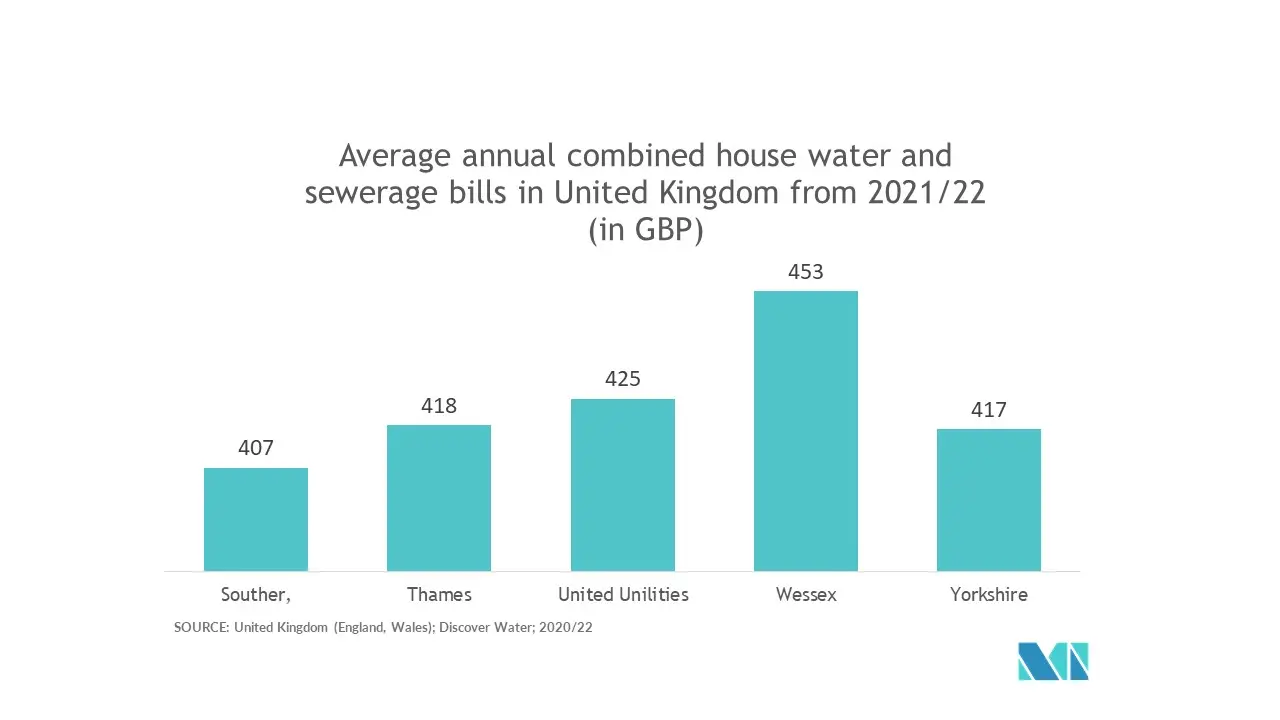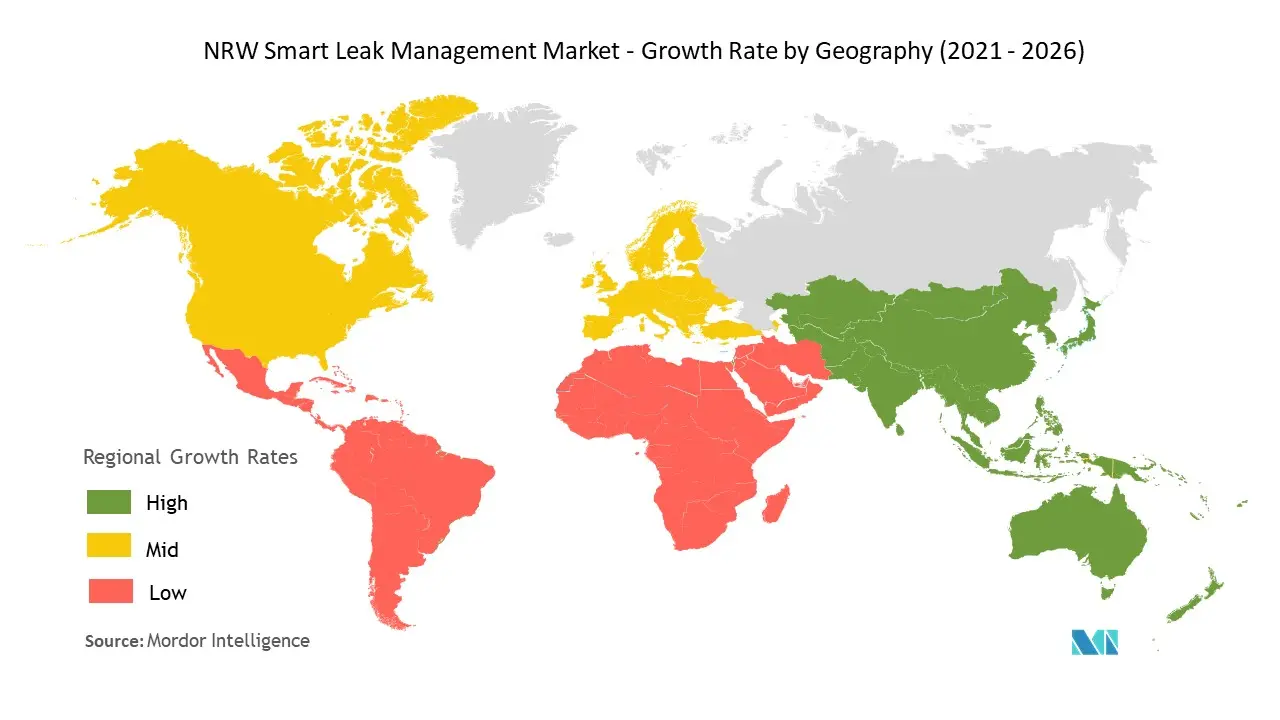Market Trends of NRW Smart Leak Management Industry
This section covers the major market trends shaping the NRW Smart Leak Management Market according to our research experts:
Non-invasive Technologies to be on Demand
The NRW Reduction Co-management Program is an emblematic operation that received wider recognition from associations of water professionals internationally. It positively impacts communities by reducing the system input volume and granting a much more efficient water distribution within the network. It boosted the billed water volume to 92 MLD in June 2020, bringing substantial economic benefits by increasing the billed water by USD 5.8 million per year to the NWC and Jamaica. The non-invasive technologies mainly include aerial imagery, pressure sensors, and acoustic sensors.
- Due to temperature differences between the natural gas and the local surroundings, aerial imagery identifies natural gas leaks from pipelines. This technology can cover several miles or hundreds of miles of pipeline per day using moving vehicles, helicopters, or portable devices. Liquid leaks in water pipelines can also be detected using similar methods.
- The airborne lidar device can gather high-resolution, long linear ground features and use 3D data to identify any security issues. The sensor-equipped UAV may also be used to monitor the state of pipes, such as irrigated spots with a high risk of corrosion and pipeline heat traces.
- Furthermore, pressure sensors are the most common instrument used to measure water pressure in a pipe network, and they are subject to the same measurement mistakes as any other equipment. Differences between observed and expected data can prove leaks, but due to the probable range of inaccuracies for these devices, there is sometimes doubt in using these results.
- Acoustic sensors are used to detect the water pouring sound from the pipeline rupture, high-pressure fluid escaping from the perforated location, and a pipeline leak that generates elastic waves in the frequency range of up to 1 MHz. The time lag between two sensors' acoustic outputs is used to determine the leaking position.
- Acoustic leak detection is the process of listening for leaks. However, different sorts of leaks make distinct sounds; therefore, one must be skilled in this area. A pinhole leak sprays water at high pressure, making it easier to spot; however, larger leaks, as well as splits, are more difficult to spot because they "feather out" as they spray. It is a century-old method that is insufficient and antiquated in the complicated and huge piping network. The derived principle, however, stays the same.

Asia-Pacific to Witness the Fastest Growth with New Innovations
Technological advancements have led to the development of advanced sensors that help utility companies detect leaks. Utilities in Asia-Pacific have increased due to improved development in the region with a high population, thus, driving the region to innovate new products.
- Asia-Pacific's water networks are getting more complex and extensive. Rapid urbanization, climate change, non-revenue water, underdeveloped, or aging water infrastructure are some issues regional water leaders are addressing.
- The Asia-Pacific region is also witnessing the development and introduction of new leak detection technologies. For instance, in September 2021, Landis+Gyr, an integrated energy management solutions provider for utilities, announced to partner with Iota, the commercial domain of Southeast Water. The partnership aimed at offering a network leak detection sensor to help water utilities in Australia and New Zealand reduce non-revenue losses.
- China's average non-revenue water (NRW) ratio, a key measure of water loss and leakage in the distribution network, is estimated at 20% across the country by the Chinese Waterworks Association and at just 10% for the best-performing utilities.
- Acoustic leak detection is also increasingly being used by utility companies. For instance, in July 2021, Aquarius Spectrum, a water leak detection and pipe condition assessment solution provider, announced to deploy its acoustic monitoring system (AQS-SYS) on Singapore's drinking water supply network. As per the initiative, Aquarius Spectrum will provide 900 hydroponic sensors for the installation on Singapore's large water mains, with diameters ranging from 500 mm to 2,200 mm. These sensors, designed particularly for underground installation, are deployed to perform leak monitoring on approximately 400 km of the water pipeline for the next five years.
- Furthermore, Isle Utilities Asia-Pacific is providing Australian and global water utilities with the expertise required to reduce water leakage and conserve water through its leakage management benchmark. Isle's leakage management benchmark was developed in Australia and adopted by nearly 20 participants worldwide.


